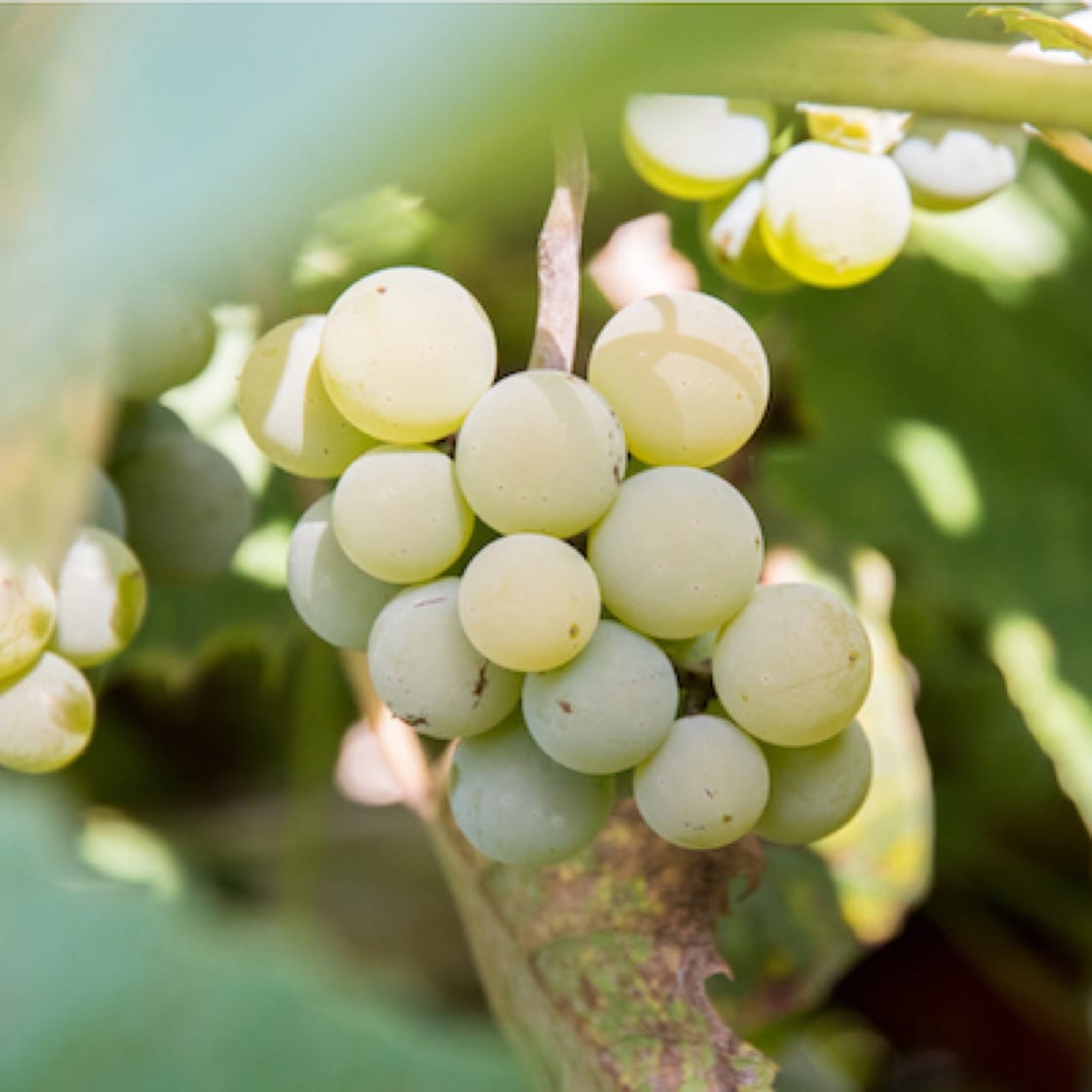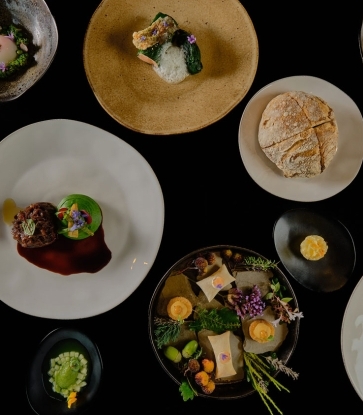Grapes have long been a favorite on cheeseboards, in jam jars, juice boxes and wine bottles. They've been cultivated for thousands of years and found their way into the menus all over the world. And to date, there are over 10,000 varieties of the fruit with 1,300 of these fermented into wines.
Contrary to popular belief, these plump, juicy fruits that belong to the Vitaceae family are actually berries, while blackberries, raspberries and strawberries are not. Here are some of the more popular types of grapes on the market and what they're used for.

Concord
They come in a deep purple—almost blue—skin resembling blueberries. Concord grapes are one of the most highly consumed variety on the market thanks to its slip-skin, which means the flesh is easily separated from its tannic, bitter skin. Simply give the grapes a little squeeze and a ball of juicy, sweet flesh should pop right out. This makes the Concord the grape of choice when it comes to making jelly, juice, pies, soft drinks and candy. (They're also sometimes used to make kosher wine.)Sauvignon Blanc
This green-skinned variety that originates from the Bordeaux region of France and early-ripening makes for a dry white wine that's zesty and herbaceous in character. Today, the fruit is planted in many of the world's wine regions, including France, Chile, Canada, Australia, New Zealand and South Africa. And depending on the climate, the flavors of a Sauvignon Blanc can come across as tropical, fruity or grassy.Delaware
When ripened, the Delaware takes on a muted red color with a skin that is tender to the touch. Despite the color of its skin, the Delaware grape isn't used for making red wines. Instead, it's most commonly used in sparkling, rosé and white wines. Thanks to its slip-skin, similar to the Concord, Delaware grapes' skin and flesh can be easily separated.
Kyoho
Japanese breeders cross-bred the bluish-purple American Concord grapes to develop the Kyoho in the early 20th century, and today, it is the most popular variety in Japan, accounting for a third of all of the table grapes grown. The skin of the Kyoho should be dark purple (almost black), glossy and bitter to taste so they're usually removed upon serving. The grapes themselves are large, juicy, very sweet and typically eaten as is.New Pione
Hailing from Okayama, the largest producer of grapes in Japan, the New Pione is a cultivated hybrid of the Kyoho and Cannon Hall muscat grape. The result is a dark blue-purple grape that is firm to the touch with a sweet, juicy and jelly-like flesh. They're also known as the “Black Pearl” and cost as much as $15 a pound at specialty Japanese food markets.




















